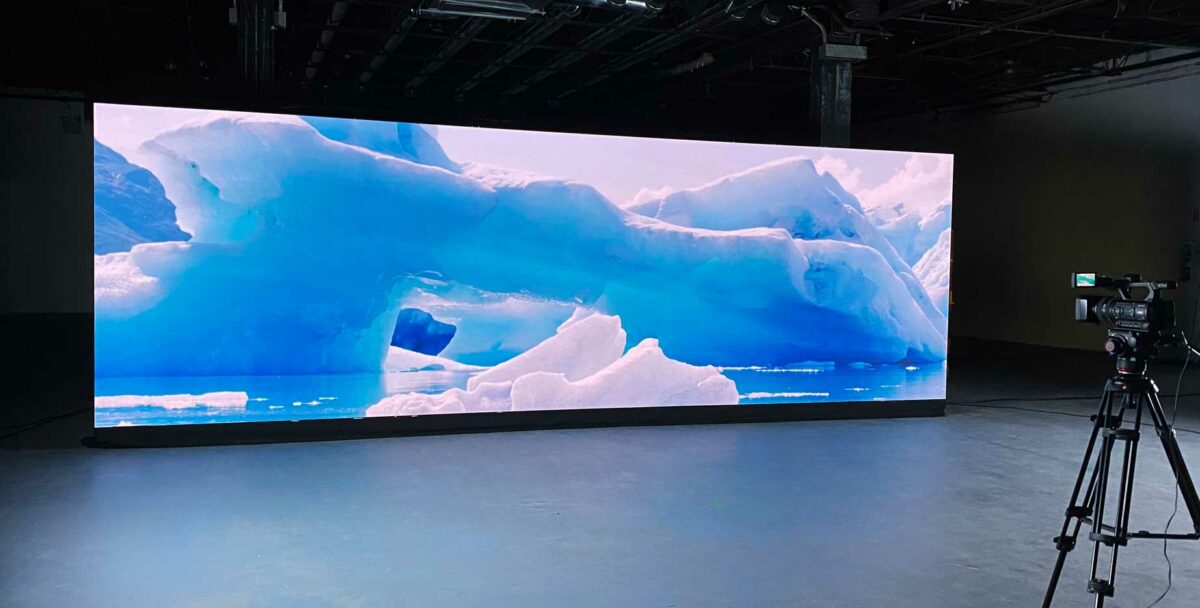Mastering Hue Accuracy in Light Emitting Diode Wall Adjustment for Breathtaking Visual Presentations
Mastering Hue Accuracy in Light Emitting Diode Wall Adjustment for Breathtaking Visual Presentations
Blog Article
Hue accuracy is essential for creating stunning graphic presentations, particularly when employing LED screens. These massive displays are commonly found in places like concert venues, athletic arenas, and promotional billboards. When the hues on an LED screen are not correct, the visuals can look flat or warped, which can impact the overall experience for audiences. Therefore, perfecting color accuracy in LED wall calibration is crucial for achieving lively and true-to-life images.
The initial step in guaranteeing color precision is comprehending how LED systems works. LEDs, or light-producing diodes, generate light in various colors by combining red, green, and blue (RGB) light. Each pixel on an LED wall is made up of these three hues. When calibrated correctly, the combination of RGB can create a wide range of hues. However, if one hue is too intense or too faint, it can throw off the entire display. This is why calibration is necessary to equalize the hues and reach the intended visual effect.
Tuning involves adjusting the configurations of the LED wall to ensure that the hues displayed match the initial content as nearby as possible. This process usually includes using specific software and hardware instruments. Technicians often use color measurement devices, such as color meters, to analyze the hues being you could look here displayed. By comparing the assessed hues to standard color standards, they can make precise modifications. This guarantees that the hues are not only lively but also consistent across the whole screen.
Another crucial aspect of color precision is understanding the environment in which the LED wall is employed. Factors such as ambient light can considerably affect how hues look. For instance, a brightly illuminated room may wash out hues, making them look less lively. To counteract this, technicians may adjust the luminosity and contrast configurations of the LED wall. Additionally, they may select specific color settings that are better appropriate for various lighting conditions. This flexibility helps maintain color precision regardless of the observing environment.
Ultimately, routine maintenance and recalibration are crucial for maintaining an LED wall looking its best. Over time, the functionality of LEDs can alter due to factors like aging and heat fluctuations. Regular checks and modifications can help ensure that the colors stay correct and lively. By committing time in proper tuning and upkeep, venues can provide viewers with breathtaking visual displays that improve their total experience. Perfecting color precision in LED wall tuning is not just a technical task; it is an expertise that contributes to the magic of graphic storytelling.